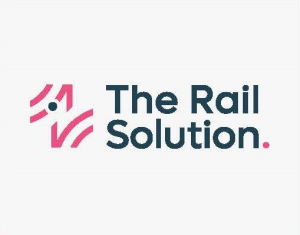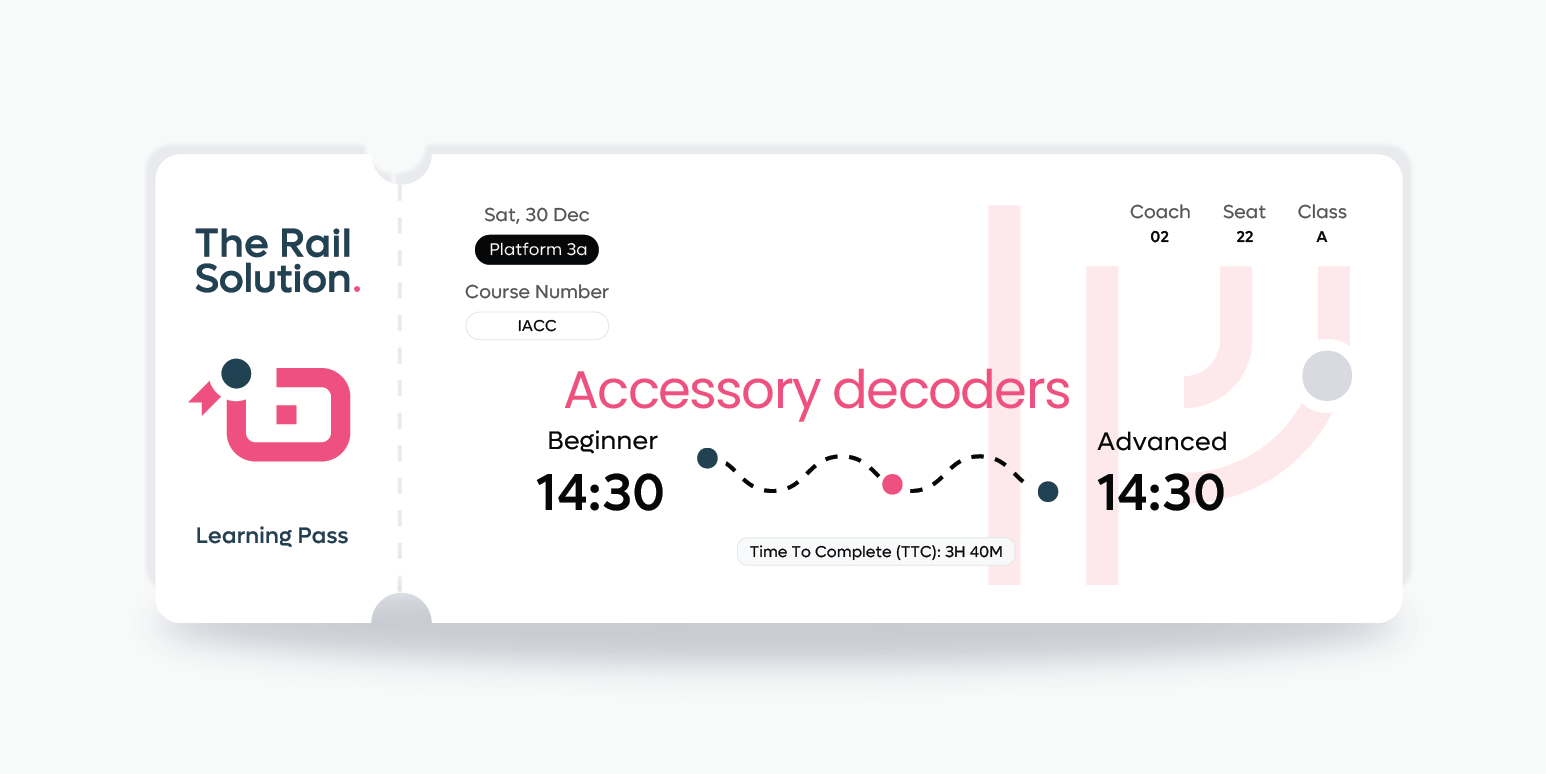
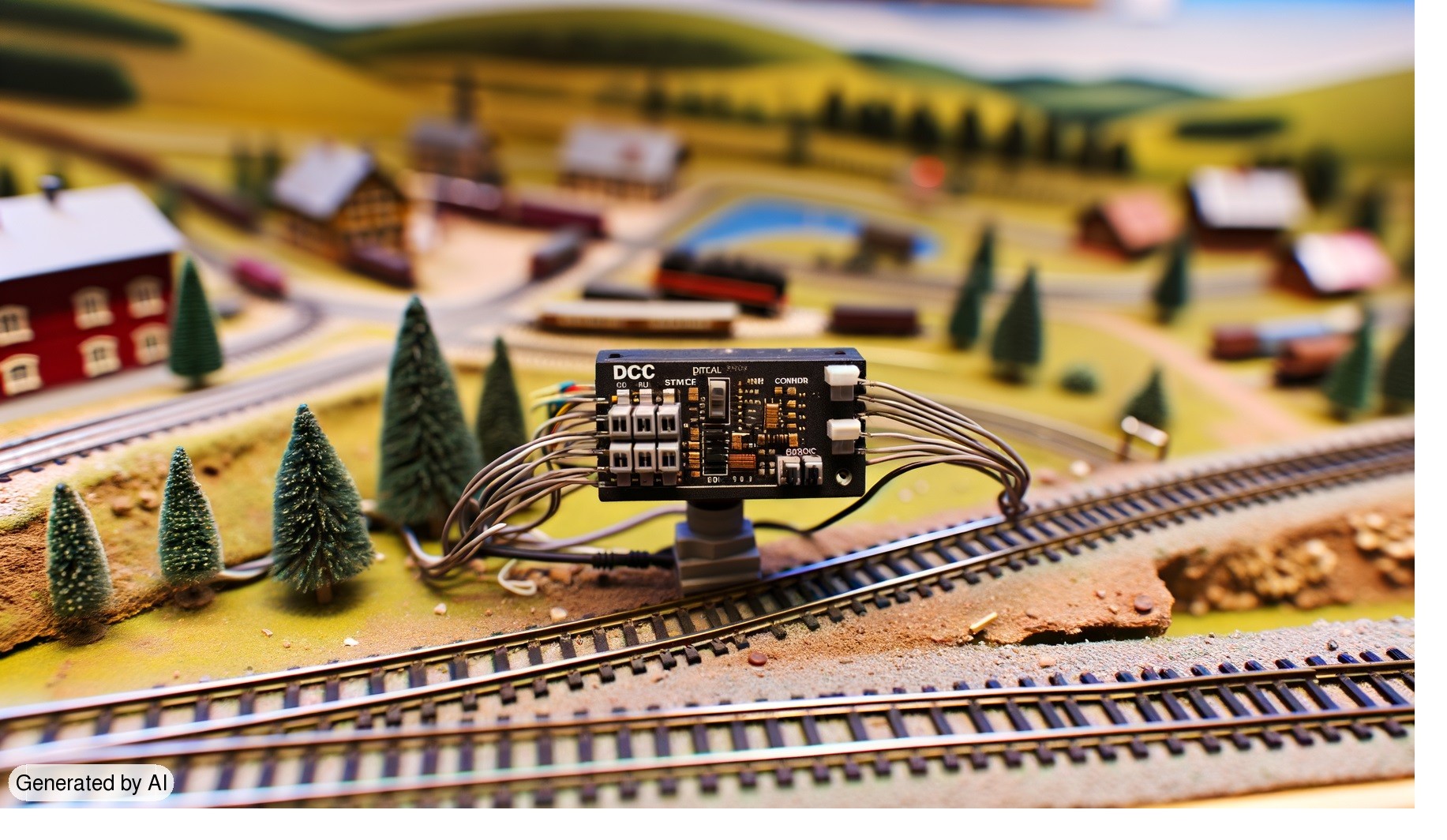 This course is designed to enhance your layout through the use of decoders for accessory and track control, enabling programmable and dynamic operations.
This course is designed to enhance your layout through the use of decoders for accessory and track control, enabling programmable and dynamic operations.
Participants will explore accessory decoders, gaining insight into their role in managing and triggering various devices. The curriculum covers wiring, programming, and troubleshooting, ultimately creating interactive environments from static displays. Real-world applications will be demonstrated, showcasing how decoders can animate model railways, produce intricate light displays, and improve automation systems.
Each section includes multiple-choice questions for self-assessment, and the course is structured to guide learners from basic concepts to advanced applications seamlessly. Feedback indicates high satisfaction among students, highlighting the clear instruction and practical exercises that aid in understanding these transformative components for enhancing projects.
Cost: £45.00 |
Bus types |
Semaphore signals |
| Allow: Course: 3 Hrs 00 Min. Quizes: 1 Hrs 10 Min. |
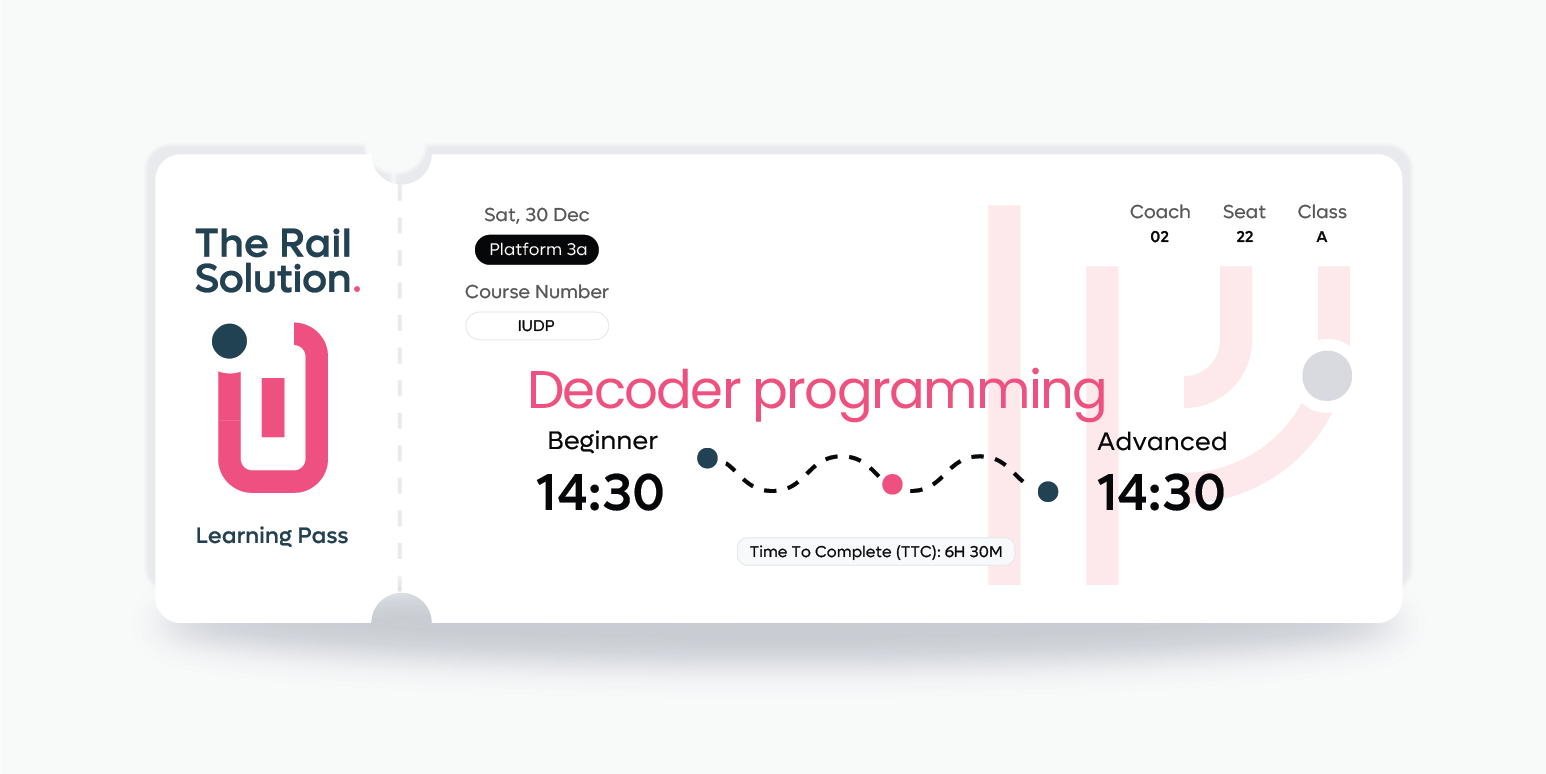
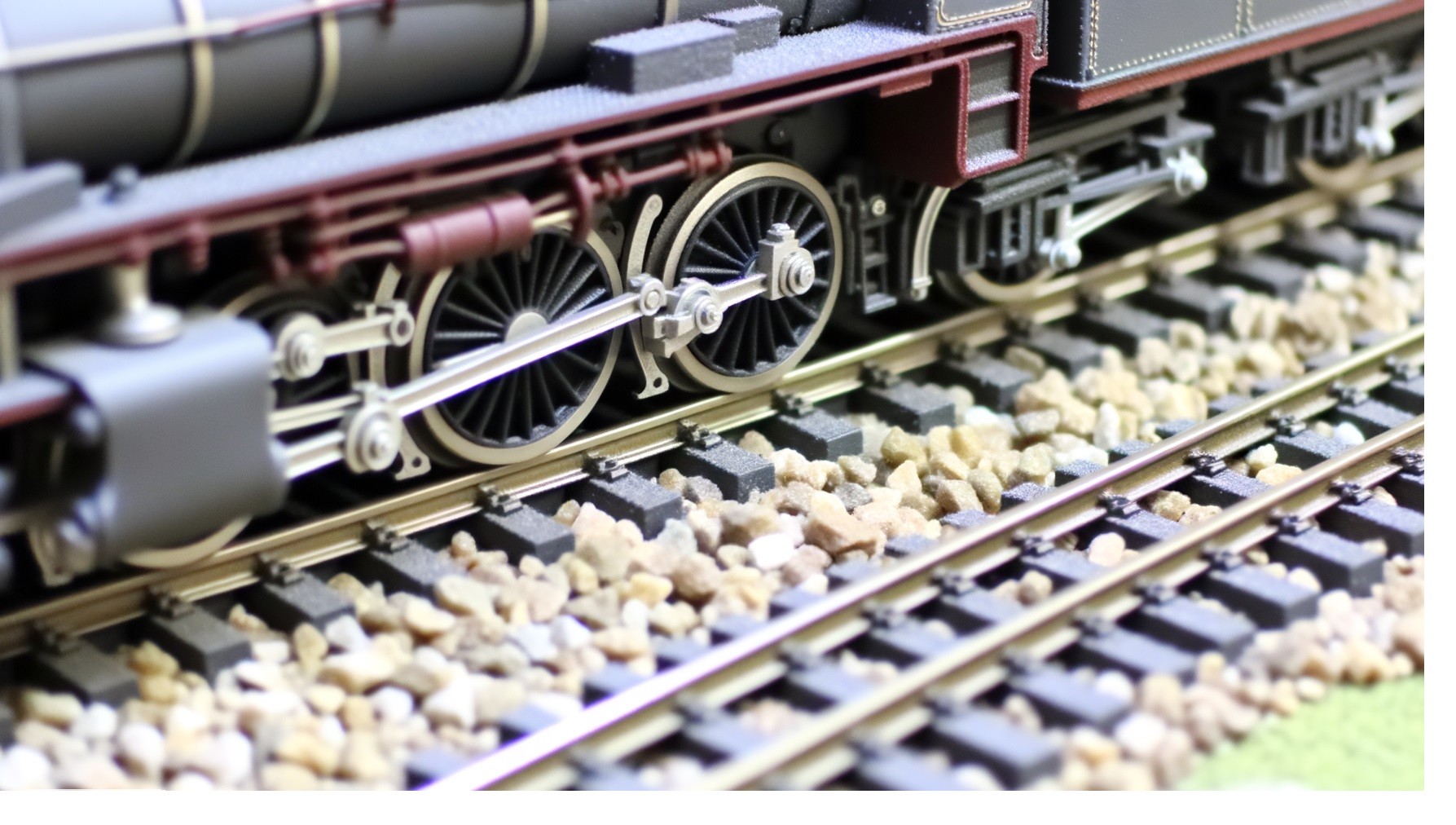 In this course on Digital Command Control (DCC), participants will gain a comprehensive understanding of decoder setup, including essential fundamentals such as binary concepts, function mapping, compound and extended Configuration Variables (CVs), such as CV 29.
In this course on Digital Command Control (DCC), participants will gain a comprehensive understanding of decoder setup, including essential fundamentals such as binary concepts, function mapping, compound and extended Configuration Variables (CVs), such as CV 29.
The curriculum also covers a brief overview of the application of RailCom® as well as the use of sound decoders. With a structured approach, the course offers step-by-step explanations and ample examples, equipping learners with the knowledge to effectively operate and program their layouts. By utilising multiple-choice questions at the end of each section, participants can reinforce their understanding in a self-paced environment.
Designed for both beginners and experienced users. With a structured approach, and step-by-step explanations containing ample examples, ensures learners are equipped with the knowledge to effectively operate and program their layouts. By utilising multiple-choice questions, participants can reinforce their understanding.
Cost: £65.00 |
Configuration Variables (CVs) explained The different types of decoder Addressing a decoder Short addressing Vs Long addressing Programming modes and acknowledgement Mandatory, recommended and optional CVs |
Speed control and Pulse Width Modulation (PWM) Automated Start and Stop Binary, why it is needed The Binary system explained Function Mapping explained CV29 and other compound CVs The Reserved Area Railcom® and SUSI™ |
| Allow: Course: 8 Hrs 40 Min. Quizes: 1 Hrs 30 Min. |
